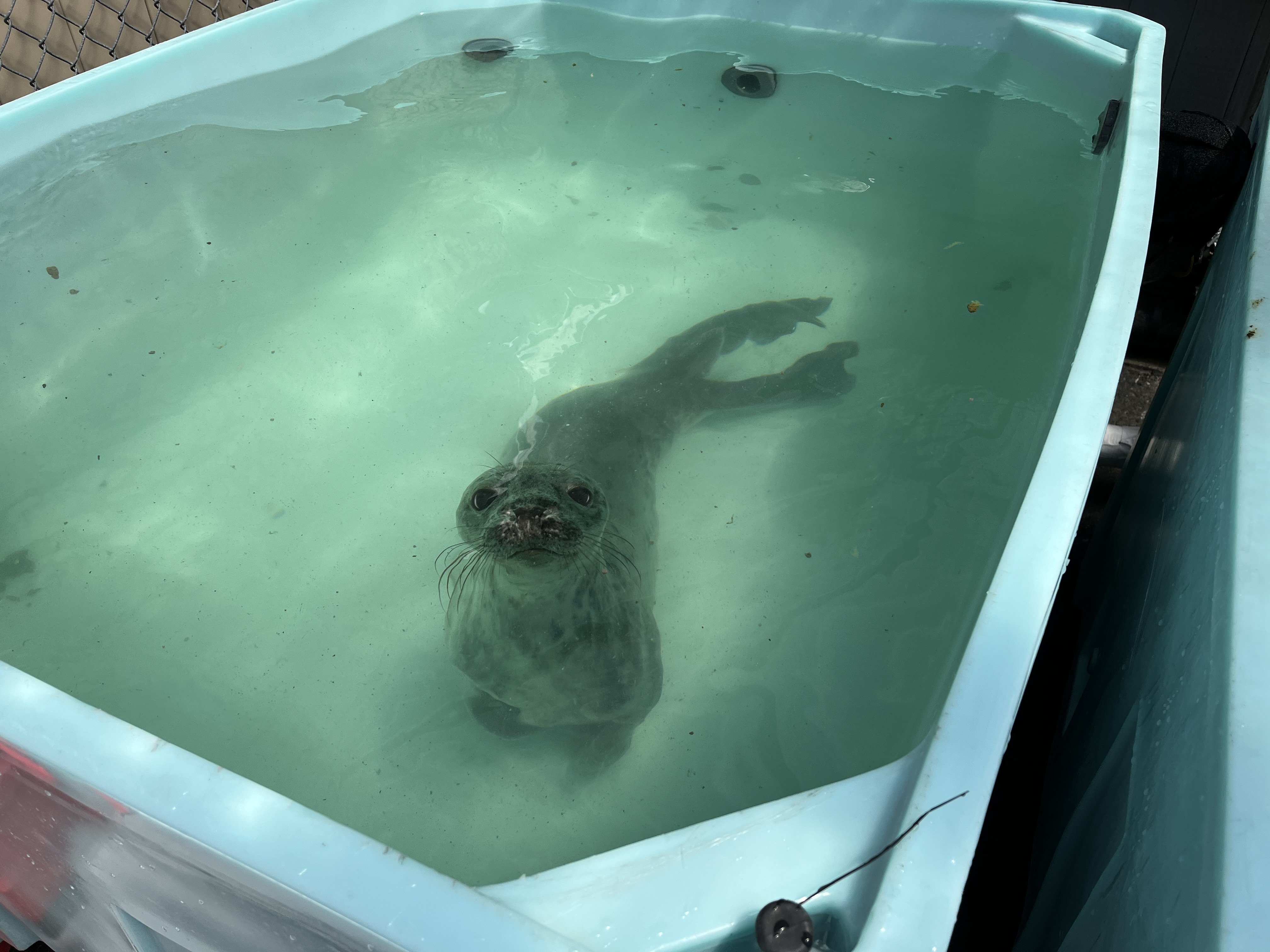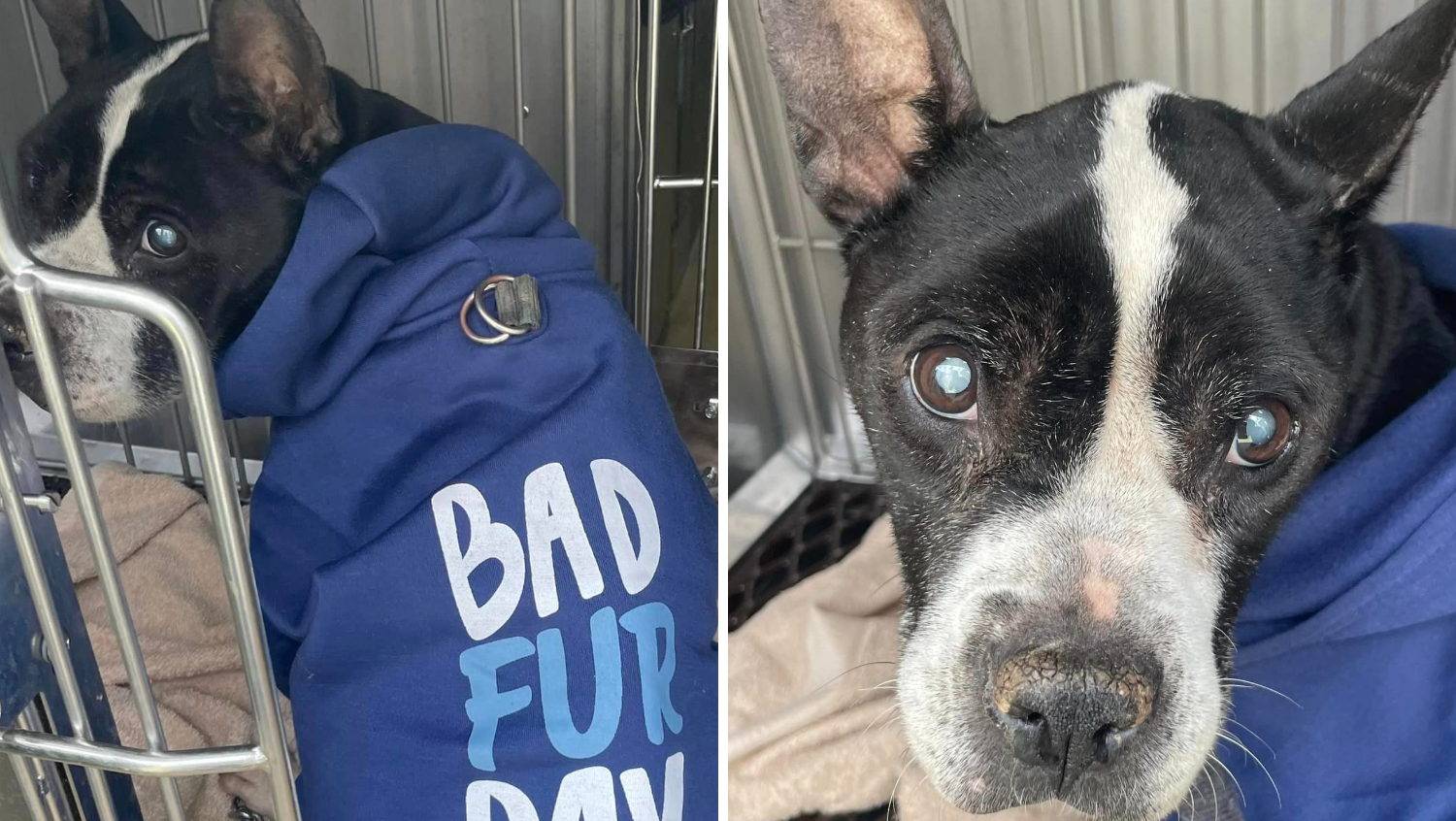The death of more than a dozen deer in Portland, Connecticut could be caused by hemorrhagic disease, which the state Department of Energy and Environmental Protection said is one of the most important infectious diseases affecting white-tailed deer.
In early September, a hunter contacted the Department of Energy and Environmental Protection Wildlife Division about several deer found dead along a small body of water near the Connecticut River in the area of Sand Hill Road in Portland.
Several more deer were found less than a mile at another small body of water.
Officials from the state DEEP said they could not definitively determine the cause of death because of the condition the deer were in, but DEEP biologists think hemorrhagic disease might be the cause.
Biting midges, which are commonly referred to as sand gnats, sand flies or no-see-ums, transmit the disease, which was first documented in New Jersey in 1955.
The disease has been documented in many southeastern states and recently reported throughout the mid-Atlantic region. In 2007, more than 20 deer were found dead due to hemorrhagic disease in New York, around 60 miles from the Connecticut border, according to DEEP.
Another outbreak in New York in 2011 killed nearly 100 deer.
Other species, such as mule deer, bighorn sheep, pronghorn antelope, and elk, have been documented with the disease in several other states, according to DEEP.
Symptoms of hemorrhagic disease in deer include swollen head, neck, tongue, or eyelids with a bloody discharge from the nasal cavity; erosion of the dental pad or ulcers on the tongue; and hemorrhaging of the heart and lungs, causing respiratory distress. Additionally, the virus creates high feverish conditions, leading infected deer to sometimes be found near water sources. Not all symptoms are necessarily present in every infected deer.
Hemorrhagic disease does not infect humans, and people are not at risk by handling infected deer, eating venison from infected deer, or being bitten by infected midges, according to DEEP. The disease rarely causes illness in domestic animals, such as cattle, sheep, goats, horses, dogs, and cats. Hunters should observe normal precautions around any sick or strange-acting animals.
Anyone who sees emaciated deer, deer behaving strangely or lying dead along the edge of bodies of water should call the DEEP’s 24-hour emergency Dispatch Center at 860-424-3333 or the DEEP Wildlife Division at 860-418-5921.
The department wants to test other dead deer to confirm the suspicion that hemorrhagic disease is the cause.



